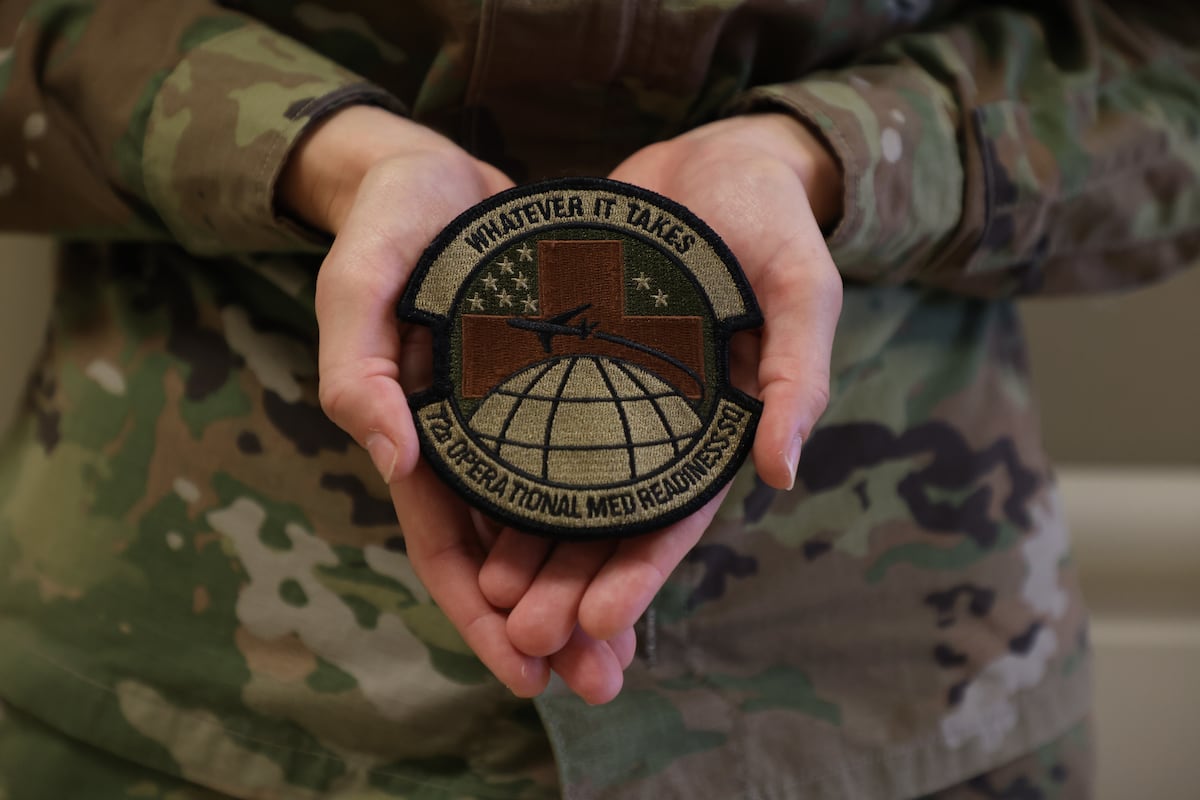Editor’s note: This report contains discussion of suicide. Troops, veterans and family members experiencing suicidal thoughts can call the 24-hour Suicide and Crisis Lifeline at 988 and dial 1, text 838255 or visit VeteransCrisisLine.net.
Diagnoses of mental health disorders among active-duty service members increased by nearly 40% over the last five years, according to a new Defense Health Agency report.
The report, which was released as part of the agency’s Armed Forces Health Surveillance Division’s December Medical Surveillance Monthly Report, examined mental health diagnoses among active-duty troops between 2019 and 2023, finding that anxiety disorders and post-traumatic stress disorder, or PTSD, accounted for the largest increase in diagnoses.
Specifically, diagnoses of these disorders nearly doubled during the five-year period, according to the report. The report did not pinpoint a single cause for the rise but cited the COVID-19 pandemic, which coincided with the five-year period, as a potential factor in the uptick.
In 2023, active-duty service members experiencing a mental health disorder populated more hospital beds than any other affliction, accounting for 54.8% of all hospital bed days.
The medical data was retrieved from medical records accessed through the Defense Medical Surveillance System and Theater Medical Data Store.
From 2019 through 2023, 541,672 active-duty service members — from the Army, Navy, Air Force, Marine Corps, Coast Guard and Space Force — were diagnosed with at least one mental health disorder, according to the report. Approximately 47% of those individuals — about 255,000 — were diagnosed with more than one mental health disorder.
In total, 966,227 individual diagnoses were made.
Mental health disorder diagnoses were most often found in female service members, individuals from a younger age demographic and the Army.
The Navy, however, led all other services in diagnoses of depressive disorders, bipolar disorders and personality disorders.
Active-duty female service members were also diagnosed with PTSD at twice the rate of male service members, and incidents of diagnoses increased with age. The report noted these findings likely reflected changing demographics of the military, as more women serve, and may relate to “sex-specific differences” in mental health factors that can predispose service members to higher PTSD rates.
“Efforts to assist and treat service members should continue to promote help-seeking behavior to improve their psychological and emotional well-being and reduce the burden of mental health disorders, especially as rates have been increasing since the COVID-19 pandemic,” the report said.
The report utilized ambulance encounters, hospitalization or outpatient visits to a psychiatric facility, among other factors, to define a mental health diagnosis.
Mental health disorders defined by the Defense Department include acute stress disorders, bipolar disorders, depressive disorders, anxiety disorders, PTSD and schizophrenia, among others.
The Defense Department has struggled to address the mental health of service members, including veterans, whose suicide rate remained at 17.6% from 2021 to 2022, according to federal census data.
Veterans are almost twice as likely to die by suicide as civilians, Military Times previously reported. In 2023, the rate of military suicides rose by 6%.
Riley Ceder is a reporter at Military Times, where he covers breaking news, criminal justice, investigations, and cyber. He previously worked as an investigative practicum student at The Washington Post, where he contributed to the Abused by the Badge investigation.
Read the full article here
